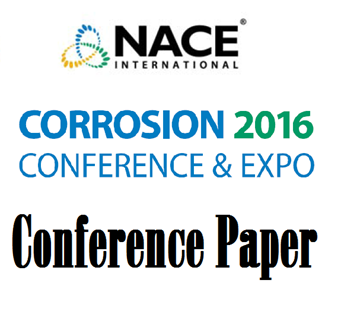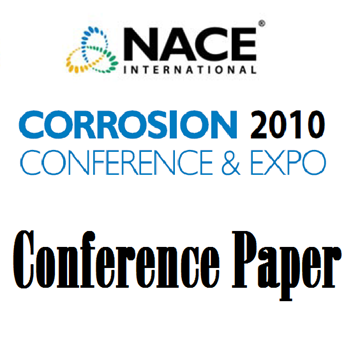Search
08173 Cavitation and Erosion Damage of Reboiler Stripper Tubes in Gas Manufacturing Industry
Also Purchased
51313-02368-Corrosion Related Tube Failures in Amine Reboiler Units
Product Number:
51313-02368-SG
ISBN:
02368 2013 CP
Publication Date:
2013
$20.00
51316-7188-Failure Analysis and Investigation Methods of Boiler Tubes Corrosion/Case Study
Product Number:
51316-7188-SG
ISBN:
7188 2016 CP
Publication Date:
2016
$20.00
10354 Case Studies of Corrosion Failures in Oil Refineries
Product Number:
51300-10354-SG
ISBN:
10354 2010 CP
Publication Date:
2010
$20.00




